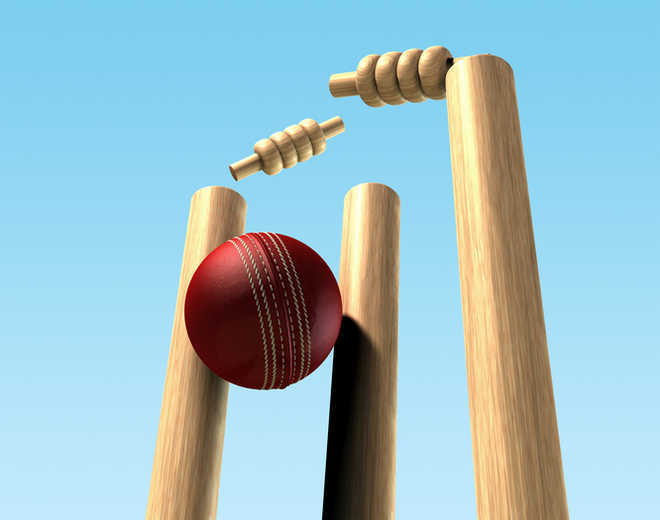Does cricket have a serious drug problem? Not really. In the latest World Anti-Doping Agency (WADA) report, there are 73 doping violations by Indian sportspersons — of them, only one is a cricketer. It is a strongly-held belief among coaches that performance-enhancing drugs do not help in cricket, in which there is a sharp focus on skills rather than pure strength or endurance. But is cricket clean? Not quite. In 2006, two top-class Pakistan fast bowlers, Mohammad Asif and Shoaib Akhtar, tested positive for nandralone, a steroid which helps in muscle growth and boosts the production of red blood cells. Shane Warne was kicked out of the 2003 World Cup after he tested positive for a diuretic, a masking agent which sportspersons use to hide the use of drugs. India’s own Pradeep Sangwan, who has played for the junior national team, tested positive for stanozolol, an anabolic steroid that, incidentally, was made infamous by tainted sprinter Ben Johnson in the 1988 Olympic Games.
WADA was established in 1999 to eliminate drug-use from sport. The International Cricket Council and all other major cricket-playing countries are signatories to WADA’s code. The Indian cricket board (BCCI) does not wish to sign up, and it has a very compelling, almost humanitarian, excuse — that signing up would infringe on the privacy and security of India’s cricketers. The “whereabouts clause” of WADA code stipulates that a sportsperson must inform WADA exactly where he/she would be present every day of the year, when not playing, for out-of-competition tests. But the bigger reason for BCCI’s resistance is that it does not wish to come under the authority of WADA or its Indian affiliate, NADA, and the Indian Sports Ministry.
The whereabouts clause is extreme, but it was created to deal with the most determined offenders. This clause aims to deter drug use by making the athlete available for testing all round the year. Roger Federer has to obey it, as do Lionel Messi and Cristiano Ronaldo. There is no compelling reason why Virat Kohli or Rohit Sharma should be exempted from it.
Unlock Exclusive Insights with The Tribune Premium
Take your experience further with Premium access.
Thought-provoking Opinions, Expert Analysis, In-depth Insights and other Member Only Benefits
Already a Member? Sign In Now










